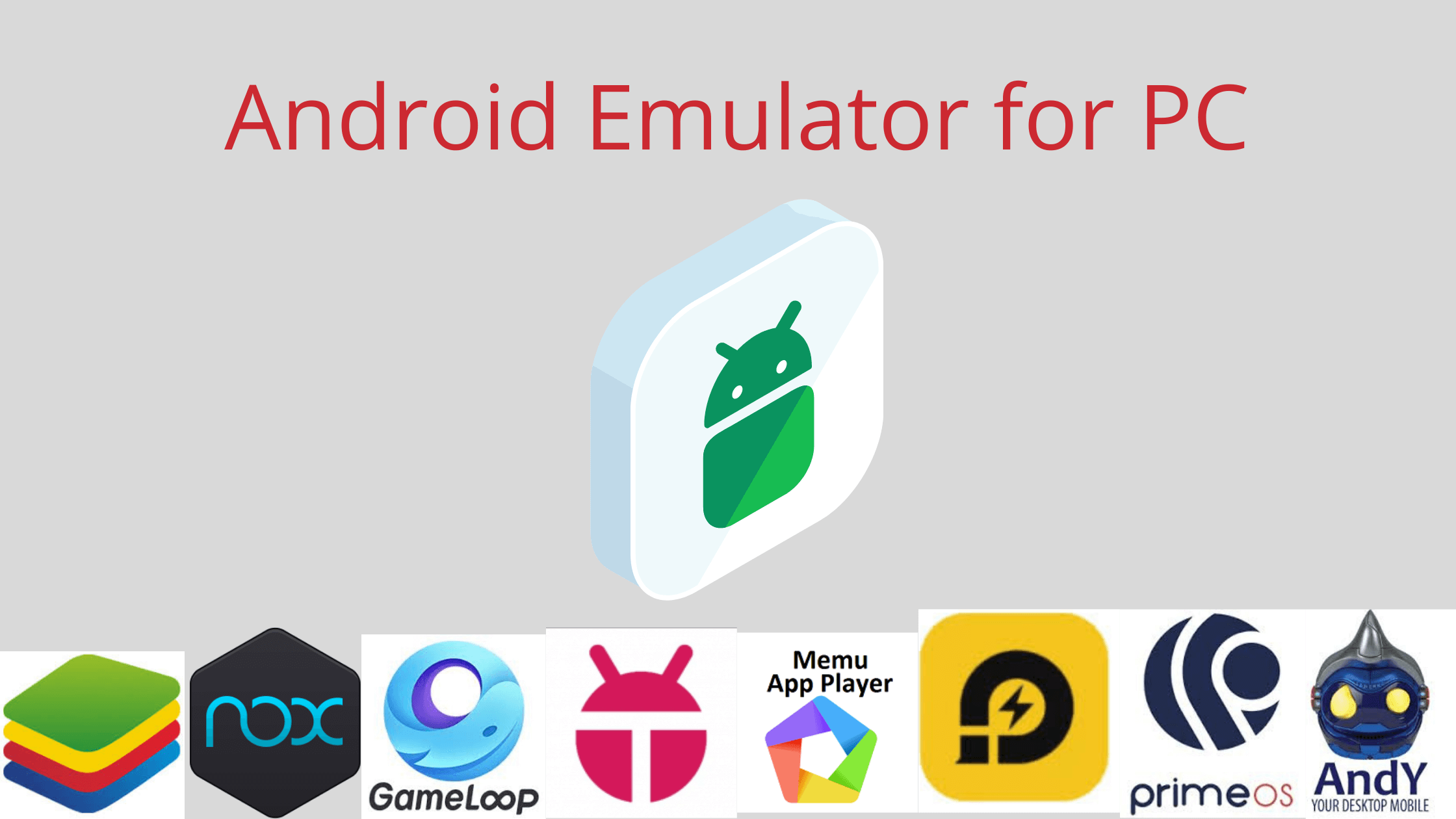
- #Mac android emulator start how to
- #Mac android emulator start for mac
- #Mac android emulator start android
- #Mac android emulator start download
If not, follow the complete step-by-step instructions in this section.
#Mac android emulator start android
If you have already installed and configured Java and the Android SDK on your Mac, all you need to do is enable Remote Login in the OSX Sharing settings, and then you can skip to the Windows setup.
#Mac android emulator start how to
Most of the steps in this section show how to install and configure Java and the Android SDK on your Mac. The instructions here use the Android emulator as an example, but you should be able to do this with other emulators like GenyMotion as well.

In this tutorial, we will show how to speed up Android emulation by running the Android emulator on OSX rather than inside Parallels running Windows using a SSH tunnel. In other tutorials, we’ve shown how to Build a Cordova app for iOS using Parallels so you can use the tools from your Mac. Visual Studio Tools for Apache Cordova allow you to build cross-platform, multi-device hybrid apps based on Apache Cordova.
#Mac android emulator start for mac

#Mac android emulator start download
Open your Android SDK Manager and download the latest Intel HAXM available. Now that current Intel HAXM is removed, you can fresh install the latest version of it. This can be done by typing this command: $ sudo /Library/Extensions/intelhaxm.kext/Contents/Resources/uninstall.sh To make my machine clean, I uninstalled the current installed version. You can also double check with this command: $ kextstat | grep intel This can be done by typing this on your terminal: $ ~/Library/Android/sdk/tools/emulator -accel-check I arrived at the moby github issue page and found someone posted that Intel HAXM version 6.1.1 fixed this issue! I was happy, finally I can use my Android emulator and Docker at the same time on my macOS machine.įirst thing to do is to check what Intel HAXM version our emulator used. I was googling “ Docker Android emulator macOS fix” but had no luck, until a couple days ago. It was frustrating experience knowing that you couldn’t use Docker and Android emulator at the same time. Until I realize I need to use both of them at the same time. I didn’t really care why, as long as I could use my emulator by stopping Docker that would be enough. I didn’t understand it under the hood how it couldn’t work together.

That actually made sense because both of them are using virtualization system on my machine to work. Then I realized when I stopped and closed Docker for Mac, it worked again! So I was thinking what could be possibly wrong with my Android emulator? I tried to close my other apps to see if some of it were conflicting with my emulator. So this kind of problem really made me down. So that’s why I always use Android emulator as first solution to test my app. I rarely use real phone to test my app since Google now provides best Android emulator experience. Every time I built the app, it just never showed up. Weeks ago, when I was working on Android project, I noticed something unusual on my macOS machine.


 0 kommentar(er)
0 kommentar(er)
